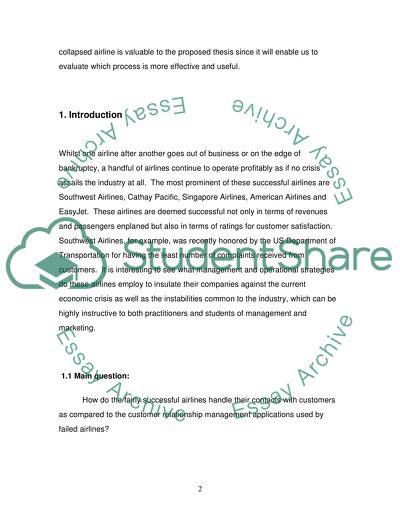Cite this document
(“Breakthrough in Airline Industry Thesis Example | Topics and Well Written Essays - 2000 words”, n.d.)
Breakthrough in Airline Industry Thesis Example | Topics and Well Written Essays - 2000 words. Retrieved from https://studentshare.org/miscellaneous/1522750-breakthrough-in-airline-industry
Breakthrough in Airline Industry Thesis Example | Topics and Well Written Essays - 2000 words. Retrieved from https://studentshare.org/miscellaneous/1522750-breakthrough-in-airline-industry
(Breakthrough in Airline Industry Thesis Example | Topics and Well Written Essays - 2000 Words)
Breakthrough in Airline Industry Thesis Example | Topics and Well Written Essays - 2000 Words. https://studentshare.org/miscellaneous/1522750-breakthrough-in-airline-industry.
Breakthrough in Airline Industry Thesis Example | Topics and Well Written Essays - 2000 Words. https://studentshare.org/miscellaneous/1522750-breakthrough-in-airline-industry.
“Breakthrough in Airline Industry Thesis Example | Topics and Well Written Essays - 2000 Words”, n.d. https://studentshare.org/miscellaneous/1522750-breakthrough-in-airline-industry.


